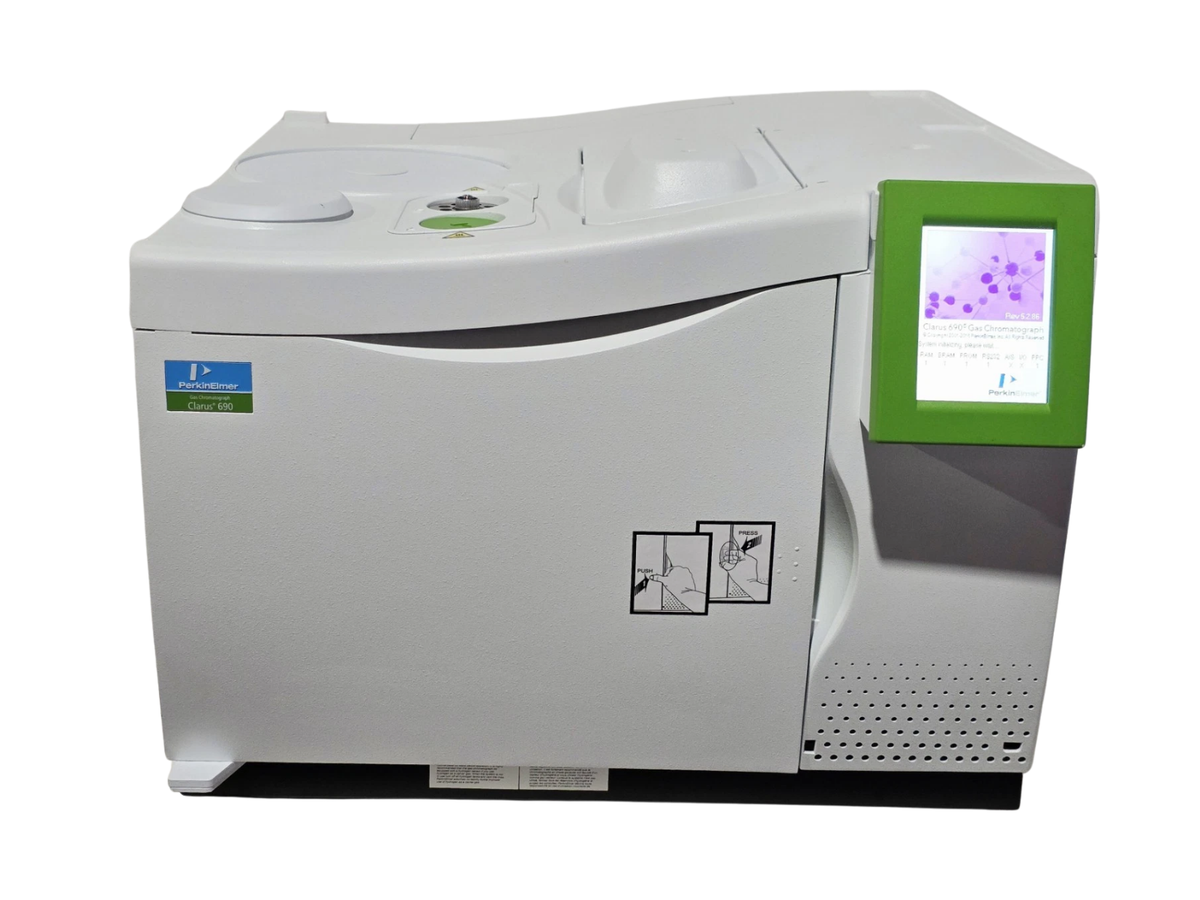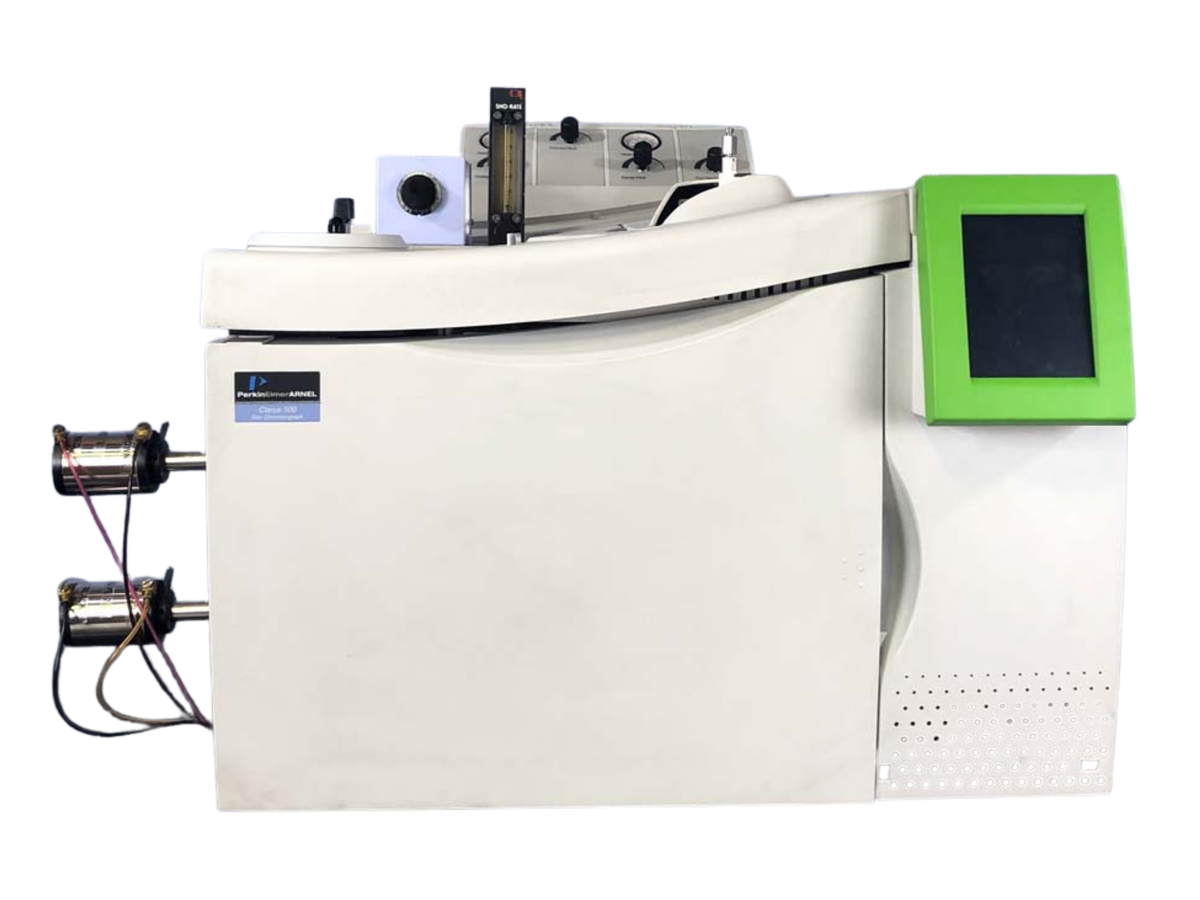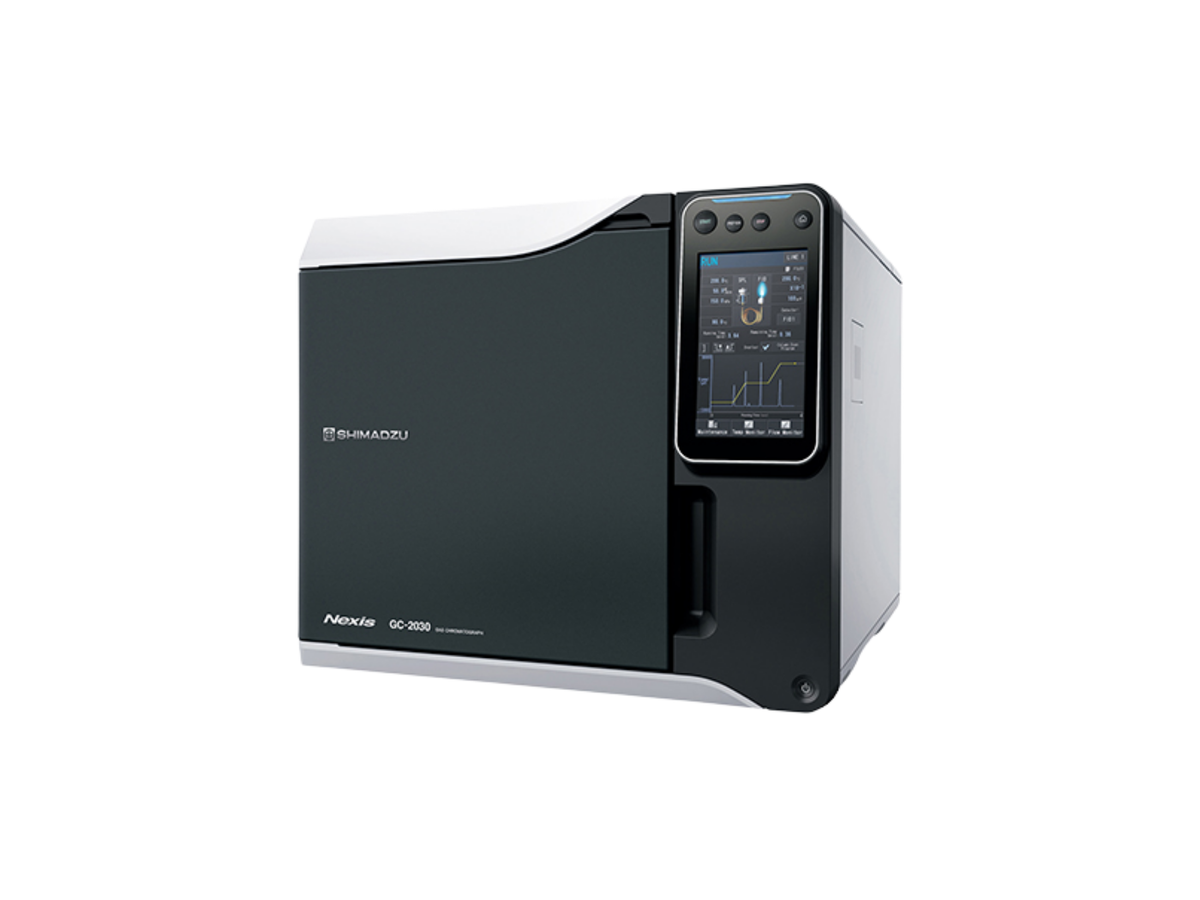X-Ray Diffraction (XRD)
X-Ray Diffraction (XRD) is an analytical technique used to determine the crystalline structure, phase composition, and orientation of materials. It works by directing X-rays at a sample and measuring how the rays scatter when they interact with the crystal lattice. The resulting diffraction pattern provides a unique fingerprint that can be used to identify unknown substances, analyze mixtures, and study structural properties such as lattice parameters, crystallite size, and strain.
XRD is widely applied in materials science, geology, chemistry, metallurgy, and pharmaceuticals. Common uses include identifying minerals, verifying phase purity in compounds, analyzing corrosion products, and monitoring polymorphism in drug development. Because it is non-destructive and highly specific, XRD remains one of the most important techniques for studying the atomic and molecular structure of crystalline materials.




